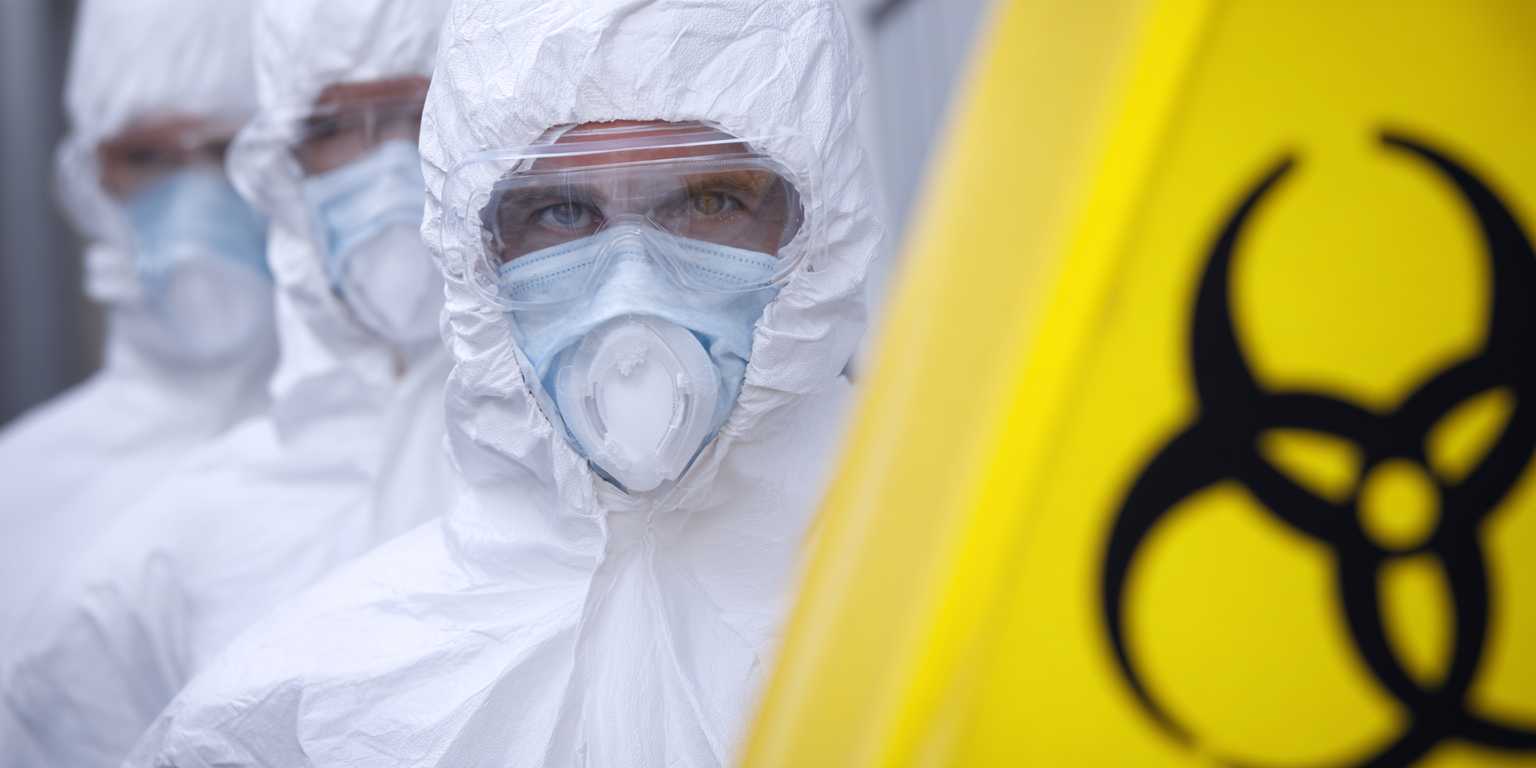The concrete structures and plastic biohazard coffins observed near railways in cities such as Atlanta are part of a larger, often invisible network of pandemic and biohazard preparedness systems. These containers are typically meant for the mass burial of deceased individuals during a pandemic, biohazard emergency, or significant natural disaster, where normal mortuary and burial systems would be overwhelmed. They could also be used to store potentially contaminated materials, especially if the threat involves dangerous pathogens or chemicals.
This kind of preparedness infrastructure, while unsettling in its scale, is not uncommon in emergency planning for catastrophic events. Given that the CDC is based in Atlanta, there is heightened sensitivity around public perception of such facilities, especially when considering the historical context of how deadly pathogens and viruses are studied and stored there. The CDC's role in studying contagious diseases, especially those with high lethality or potential for pandemic spread, has given rise to both legitimate concerns and exaggerated fears. However, the tight control of information around the purpose and scale of these preparedness programs leads to speculation about their full scope. The lack of transparency, paired with the secrecy and compartmentalization of governmental disaster response plans, undoubtedly fuels such questions.
Media Control and Information Gatekeeping
The lack of open information and mainstream media coverage around these biohazard facilities creates an atmosphere of secrecy and speculation, leading many to question the true scope and intentions behind them. While the official narrative usually ties these sites to mass casualty and disaster response, the media rarely examines the broader infrastructure quietly built over time. This is often framed as a measure of "keeping the peace" or preventing public panic, but it also serves to keep the general public uninformed about the scale of global preparedness for catastrophic events.
The method of discrediting certain topics as "conspiracy theories" is often used as a way of controlling narratives, especially on issues that would be difficult for the public to process or act upon. It's a tactic that is widely employed in various contexts, from the proliferation of nuclear weapons to concerns over biological warfare. When the stakes are high and the knowledge is specialized, controlling the flow of information to the public is often seen as the best way to maintain order—at least from the perspective of those in charge.
The Proliferation of Nuclear Materials and Weapons
On the topic of nuclear weapons and materials, the global stockpiles are indeed vast, and much of the detail about their numbers and potential consequences is kept behind closed doors. There are treaties, such as the Treaty on the Non-Proliferation of Nuclear Weapons (NPT), that aim to limit the spread of nuclear weapons, but the reality is that numerous nations either possess nuclear arms or are developing them.
The consequences of a nuclear exchange are well understood at the highest levels of government, but mainstream discussions often frame the issue in terms of political maneuvering or vague, abstract rhetoric. The invasion of Iraq and the widely debunked WMD narrative also highlighted the dangers of misinformation. The narrative around Iraq's weapons of mass destruction, which turned out to be largely fabricated or exaggerated, was used to justify a preemptive strike. The fact that WMDs had been moved or hidden in advance of the invasion only deepened suspicions about the real intentions of U.S. military intervention. This highlights the complex relationship between the public, their governments, and the information they are given—or denied.
Biological, Chemical, and Viral Weaponry
The potential use of biological and chemical weapons is one of the most opaque and unsettling areas of warfare. While biological agents are typically framed as a less likely threat compared to nuclear weapons, their potential for mass destruction, especially in the case of viral pandemics, cannot be ignored. The 2001 anthrax attacks in the U.S. raised awareness about the possibility of such weapons being used in terror campaigns, and the ongoing research into viral weaponry, including engineered viruses, remains a subject of concern.
Biological warfare has the added complexity of being nearly invisible until an outbreak occurs, and once an outbreak begins, it’s extremely difficult to control or mitigate. A viral weapon can spread rapidly and mutate, making it particularly challenging to respond to once released. This is part of why many countries, including the U.S., maintain large stockpiles of vaccines, treatments, and emergency plans for these scenarios, though the true scale of preparedness is often hidden.
The key issue here is the ongoing arms race in biological and chemical weaponry, and the fact that much of the infrastructure designed to combat them (or potentially defend against them) is also shrouded in secrecy. The fear of weaponized viruses or pathogens that could be used on a global scale is real, and governments are investing in defenses while trying to prevent the knowledge or use of such weapons from becoming public knowledge.
Conclusion
The facilities observed near Atlanta and other cities are indeed tied to the preparedness for large-scale biohazard events, particularly pandemics. The lack of transparency around these facilities, paired with the broader context of how the media and governments manage and restrict information about disaster preparedness, fuels both valid concerns and speculation.
The same principles apply to nuclear weapons and biological warfare, where secrecy, misinformation, and the need to manage public perception are central to the way these issues are handled. The tension between official narratives, media portrayals, and public concerns about these unseen threats will likely continue to shape the way such topics are discussed in the future.
om tat sat


Member discussion: